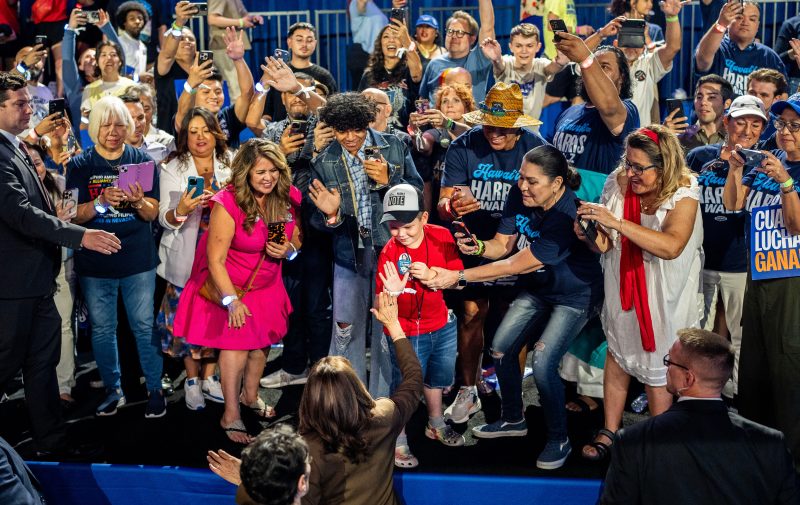Throughout the course of the 2020 presidential election campaign, it has become increasingly evident that Kamala Harris is running a much more substantial campaign than her opponent, Donald Trump. Her strategic approach and detailed platform have set her apart in a crowded political landscape.
One of the key factors contributing to the size and scope of Harris’ campaign is the extensive ground game that she has put into place. From well-organized volunteer efforts to robust canvassing operations, Harris has built a strong network of supporters and stakeholders across the country. This strategic approach has allowed her to connect with voters on a personal level and mobilize a diverse coalition of supporters.
In contrast, Trump’s campaign has faced challenges in establishing a comparable ground game. The lack of a strong grassroots operation has hindered his ability to reach and engage with voters effectively. This deficiency has been compounded by logistical issues and conflicting messaging within his campaign, ultimately putting him at a disadvantage in terms of voter outreach and mobilization.
Furthermore, Harris has been able to leverage a wide array of digital and social media tools to expand the reach of her campaign. By actively engaging with voters online, she has been able to foster meaningful connections and create a sense of community among her supporters. This digital presence has also allowed her campaign to adapt quickly to changing circumstances and effectively communicate its message to a broad audience.
In contrast, Trump’s online presence has been marred by controversy and inconsistency. His use of social media has often resulted in divisive rhetoric and alienated potential supporters. This approach has further exacerbated his campaign’s struggles to connect with voters and build momentum in key battleground states.
As the election draws closer, it remains to be seen whether the size and scope of Harris’ campaign will translate into electoral success. While the strength of her ground game and digital outreach have positioned her favorably in the eyes of many voters, the ultimate outcome will be determined by a complex interplay of factors, including voter turnout, messaging, and external events.
In conclusion, the stark differences in the size and scope of the campaigns run by Kamala Harris and Donald Trump are indicative of their distinct approaches to the 2020 presidential election. Harris’ strategic focus on grassroots organizing and digital outreach has allowed her to build a broad coalition of supporters and connect with voters in a meaningful way. In contrast, Trump’s campaign has struggled to establish a comparable presence on the ground and online, leaving him at a potential disadvantage as the election approaches. The coming months will reveal whether the expansive nature of Harris’ campaign will prove to be a decisive factor in the race for the White House.
